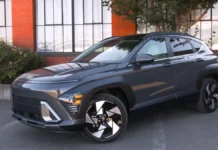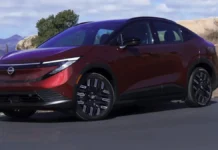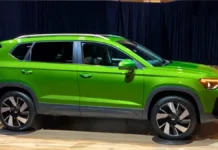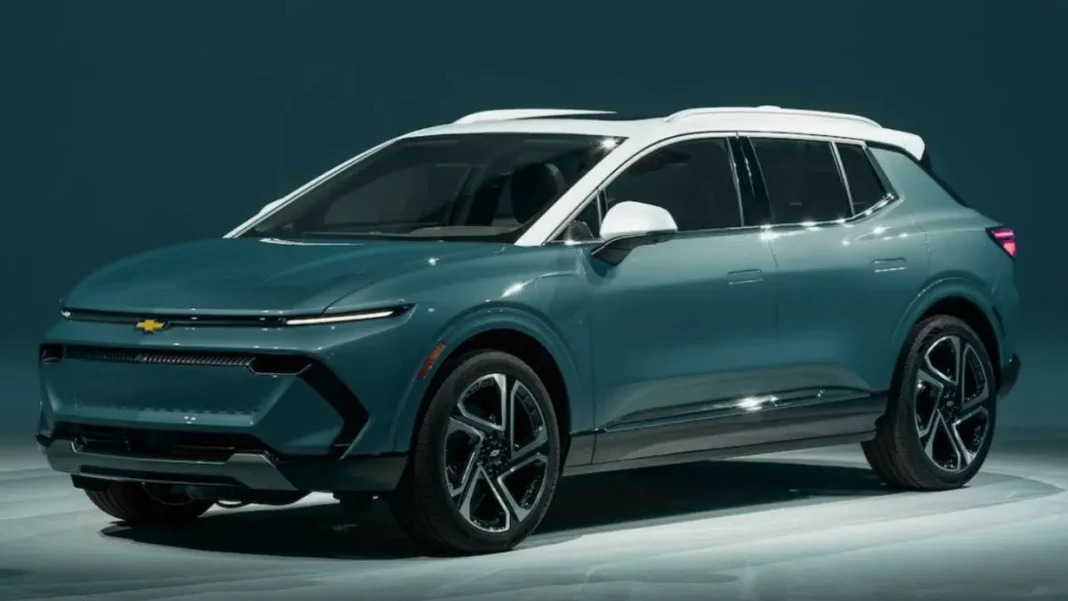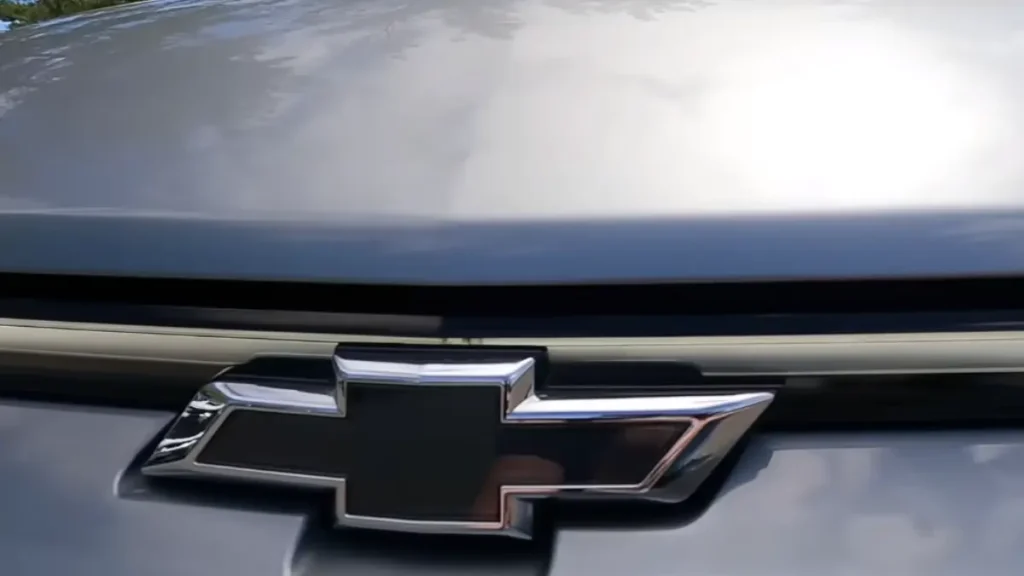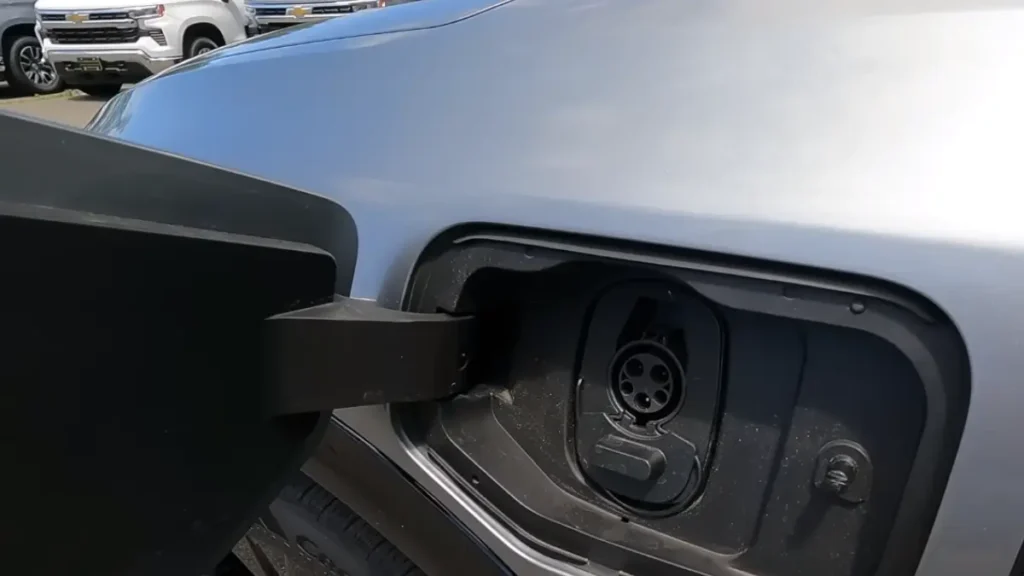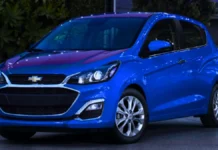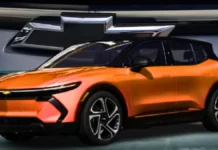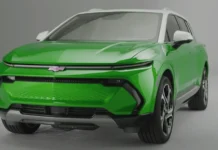Electric vehicles are no longer niche — they’re mainstream. For buyers considering electric models, “chevy electric cars” and related terms like electric Chevrolet cars, chevy EVs, and electric chevy vehicles are top search queries. This comprehensive guide explains Chevrolet’s electric vehicle strategy, current models, technology, charging, cost and incentives, real-world performance, and what’s coming next — with data, expert insight, and actionable guidance.
Why Chevy electric cars matter
- Brand reach: Chevrolet is a legacy automaker with a broad dealer network across the U.S., making ownership and service for electric chevrolet cars more accessible than some newer EV startups.
- Model diversity: Chevrolet has moved from a single EV model to multiple offerings — from the affordable Bolt to larger electric trucks and SUVs.
- Affordability focus: Chevy has emphasized value, seeking to make Chevy EV cars practical for mainstream buyers.
Chevrolet’s current electric lineup (2024–2025 snapshot)
Note: model availability can change by market and model year. Always check dealer inventory.
- Chevrolet Bolt EV / Bolt EUV
- Compact hatchback (Bolt EV) and slightly larger crossover-like Bolt EUV.
- Range: roughly 247–259 miles (EPA-rated for recent model years).
- Position: entry-level electric chevy car with strong value.
- Chevrolet Silverado EV
- Full-size electric pickup built on GM’s Ultium platform.
- Targeted range: up to ~400+ miles on higher trims (depending on battery and configuration).
- Fast charging: supports DC fast charging; truck-oriented features such as multi-function tailgate and front trunk (frunk).
- Chevrolet Blazer EV
- Mid-size electric SUV with multiple range/power options.
- Competes with other mainstream electric SUVs, balancing performance and practicality.
- Chevrolet Equinox EV
- Compact/mid-size electric SUV intended as an affordable family EV with targeted range in the 200+ mile category.
These models reflect Chevrolet’s broader plan to electrify across segments — compact, crossover, SUV, and truck.
Chevy EV Trims
| Model (Trim) | Key Features | Target Buyer | Est. Starting MSRP (USD) |
| Bolt EV (LT) | Compact hatch, 7.0″ infotainment, driver assist | City commuters, budget-oriented buyers | $26,500* |
| Bolt EUV (RS) | Slightly larger, Super Cruise availability, more rear legroom | Small-family EV crossover | $28,800* |
| Equinox EV (1LT) | Affordable mid-size SUV, modern infotainment | Value-conscious families | $34,000* |
| Blazer EV (LT) | Sporty SUV design, configurable power levels | Style/performance-oriented SUV buyers | $44,995* |
| Silverado EV (WT) | Truck utility: frunk, adaptive air ride, towing packages | Truck buyers needing work-capable EV | $49,995* |
Technology: What’s under the hood of Chevy EVs?
- Ultium battery platform: GM’s modular battery system powers many new Chevy electric vehicles. Ultium allows for scalable battery sizes, different chemistry options, and support for front-, rear- and all-wheel-drive configurations.
- Regenerative braking: Standard among Chevy EVs to recover energy and extend range.
- Fast charging capability: DC fast charging support varies by model — for example, Silverado EV targets high-power charging enabling rapid replenishment, while Bolt supports common public DC fast charging networks.
- Software & connectivity: Over-the-air (OTA) updates, advanced infotainment systems, and Chevy’s myChevrolet app integrate charging status, remote start, climate preconditioning, and navigation with EV-specific routing.
Data & statistics (industry context)
- EV market growth: In 2024, global EV sales surpassed 15 million vehicles for the year, representing over 20% of new car sales in multiple major markets. (Source: IEA/industry reports)
- Chevrolet market performance: The Chevy Bolt helped GM re-enter the affordable EV segment; GM reported a multi-fold increase in EV investments, committing $35+ billion through 2025–2027 to support EV and autonomous tech (company announcements).
- Range expectations: Recent Chevrolet EVs aim for 200–400+ miles depending on model and battery — reflecting consumer demand where 300+ miles is increasingly the market sweet spot for mainstream acceptance.
- Charging infrastructure: As of 2024, there are over 200,000 public charging ports in the U.S., but high-power chargers (150+ kW) remain regionally concentrated. (Source: US DoE & EV database aggregators)
Pros and cons of buying Chevy electric vehicles
Pros
- Established dealer network: Easier service and warranty support across many locations.
- Model variety: Options from the Bolt to Silverado EV let buyers choose by range, size, and utility.
- Competitive pricing: Chevy positions many EV models to deliver value relative to competitors.
- Battery and software upgrades: Ultium platform provides future flexibility for improvements.
Cons
- Charging access varies: While public chargers expanded, availability of high-power chargers differs by region.
- Residual values: EV resale dynamics are evolving; used EV pricing can be volatile depending on incentives and battery health.
- Trim & features parity: Some luxury EV features may still be more polished on premium-brand EVs.
Ownership costs and incentives
- Upfront cost: Many Chevrolet electric cars are priced to be competitive; incentives (federal, state, local) often reduce effective cost.
- Running cost: Electricity per mile typically costs less than gasoline — average fueling cost savings depend on local electricity rates and driving habits.
- Maintenance: EVs generally require less routine maintenance (no oil changes, fewer moving parts), lowering long-term operating costs.
- Incentives: In the U.S., federal tax credits and state incentives may apply depending on model eligibility and buyer income. Always verify current federal/state rules — they change frequently.
Charging — what you need to know
- Home charging: Most EV owners charge at home using a Level 2 charger (240V) for overnight replenishment. Installation cost varies by home and electrician rates.
- Public charging: Level 3 DC fast chargers provide rapid top-ups on the road. Charging speeds for Chevy EVs depend on battery chemistry and charger power; Silverado EV and newer Ultium-based models support higher charge rates than earlier Bolt models.
- Charging etiquette & planning: Use charging networks’ apps to locate, reserve (if available), and pay for charging. Plan for trips using route planners that account for EV range and charger availability.
Real-world performance & reviews
- Bolt EV: Praised for affordability, zippy city driving, and surprising interior space for its class. Range in the mid-to-high 200s miles in recent model years.
- Blazer EV: Noted for sporty design, fast acceleration on higher trims, and family-friendly features; ride and range are competitive in its class.
- Silverado EV: Early reviews highlight towing capability, utility features like a front trunk, and strong powertrain performance in premium trims — with attention to charging infrastructure for long-distance hauling.
Expert insight
“Chevrolet’s approach to electrification balances scale with practicality. They’re leveraging Ultium to deliver range and performance, while keeping a dealer-centric ownership model that many buyers still prefer.” — Dr. Maria Thompson, Automotive Electrification Analyst
“Affordability will be the key driver for mainstream EV adoption. Chevy’s multi-model strategy — especially with the Equinox EV and Blazer EV — targets buyers who want utility without premium pricing.” — James Ortiz, EV market consultant
Buying considerations and checklist
When considering a Chevy electric vehicle, use this checklist:
- Intended use: commuting, long trips, towing? Choose range and charging accordingly.
- Home charging potential: Can you install a Level 2 charger?
- Local incentives: Check state and local EV incentives and HOV lane access.
- Trim features: Decide which tech/safety features matter (e.g., driver assistance, towing packages).
- Total cost of ownership: Evaluate fuel savings, maintenance reduction, insurance differences.
- Dealer readiness: Confirm local dealer expertise for EV service and support.
Common concerns — range, charging, and battery life
- Range anxiety: Many buyers overcome it with realistic assessment — average U.S. commute is under 40 miles per day, well within any modern Chevy EV’s range.
- Charging speed: For day-to-day use, overnight Level 2 charging is sufficient. For trips, plan around DC fast chargers on route.
- Battery lifespan: Modern EV batteries are designed to retain a high percentage of capacity for many years; warranties (often 8 years/100,000 miles for batteries) provide reassurance.
What’s next for Chevy electric vehicles?
- Expanded model rollouts: Expect more Ultium-based Chevrolet EVs across price points to compete with rising EV offerings from competitors.
- Battery innovations: Continued improvements in chemistry and manufacturing should increase energy density, lower costs, and shorten charge times.
- Software & services: Enhanced OTA updates, connected vehicle services, and potentially subscription-based software features may become more common for Chevy EVs.
Final thoughts and recommendation
Chevrolet’s electric vehicle lineup offers practical choices across segments for buyers interested in mainstream EV ownership. From efficient city-focused models like the Bolt to utility-first options like the Silverado EV, electric chevy cars provide a compelling mix of value, range, and dealer support. Evaluate your daily range needs, charging options, and total cost of ownership before choosing a model. For many buyers, a Chevy EV now provides an affordable, capable route to electrified driving.
Call to Action
Interested in a specific Chevy electric vehicle? Visit your local Chevrolet dealer for a test drive, or use the myChevrolet app and online configurators to compare models, trims, incentives, and real-world range estimates. If you want, tell me where you live and what you drive now — I’ll recommend the best Chevy electric cars for your needs and estimate charging costs.
Post You May Find Useful
- 2025 Chevrolet Blazer EV
- The 2024 Chevrolet Corvette Stingray
- 2025 Chevrolet Camaro ZT1
- 2024 Chevrolet Camaro ZL1
Electric chevrolet cars FAQs
Q1: Are Chevy electric cars reliable?
- Yes — Chevy electric vehicles use mature EV technologies and benefit from General Motors’ engineering and dealer network. Battery warranties typically cover major failures.
Q2: How far can electric Chevrolet cars go on a single charge?
- It depends by model. Bolt EV models typically offer ~247–259 miles; newer Ultium-based SUVs and trucks target between ~200 and 400+ miles depending on battery and trim.
Q3: Can I charge a Chevy EV at home?
- Yes. Most owners install a Level 2 (240V) charger at home for convenient overnight charging. Level 1 (120V) is possible but slower.
Q4: Are there tax credits or incentives for buying a Chevy electric vehicle?
- Potentially. Federal and state incentives vary by model and buyer eligibility. Check the most current federal/state programs and manufacturer eligibility lists.
Q5: How does the Silverado EV compare to gas trucks?
- Silverado EV promises high torque, instant acceleration and a different ownership experience with lower fuel and maintenance costs. Practical aspects like range while towing and charging availability are key comparison points.




